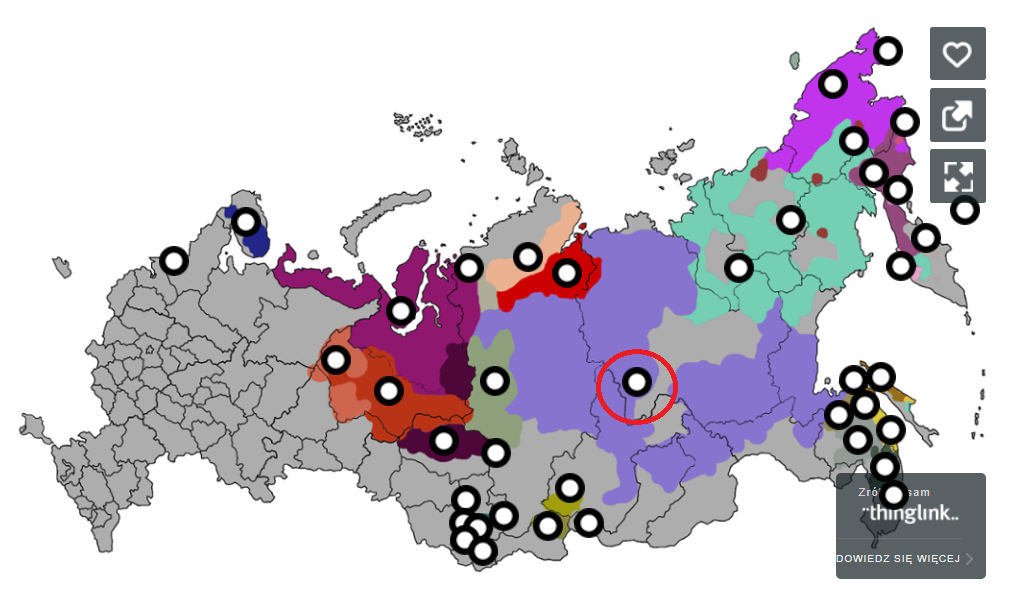REVIEW: Searching for Winnetou
Drew Hayden Taylor’s documentary and discussion on the difference between cultural appropriation and appreciation was impactful for the team at Indigenous World. While this columnist initially found the fetishization of the Germans of the North American Indigenous population astounding, after hearing Drew Hayden Taylor’s commentary on the film, he realized something even more surprising. The Germans are not the only ones with an odd affinity for an Indigenous population that they have no relation to. Drew Hayden Taylor mentioned that the fetishization stretched across Europe, citing white tepee entrepreneurs and foreign media. Our observation is that this phenomenon is also transcontinental.
We think of the American obsession with its Hollywood Westerns, and the North American fondness for choosing inappropriate Indigenous-themed sports names (Indians, Redskins, Blackhawks).
TRIGGER WARNING WE DO NOT CONDONE THE IMAGE BELOW. IT IS MEANT TO HIGHLIGHT THE INAPPROPRIATE AND HIGHLY INACCURATE IMAGES OF THE INDIGENOUS POPULATION IN WESTERN MEDIA.

The international nature of cultural appropriation makes it even more damaging. Unfortunately, this columnist believes this has led to a global culture where the Indigenous individual has been either romanticized, or stereotyped as savage, with very little room in-between. Both are equally damaging.
Depicting the Indigenous person as a savage reeks of eurocentrism. We at Indigenous World have observed that the European worldview has a tendency to discredit alternative perspectives. Not only is inferring that the Indigenous are savage cruel, but it also neglects the vast amount of knowledge they have accumulated over millennia. In the initial chapter of Karl May’s book, we see what it looks like when one takes this perspective. Old Shatterhand speaks of the saviour mentality that his countrymen have and how great they would feel if only the “Indians” could become Roman Catholic.
Depicting the Indigenous person as a fierce warrior, one neglects the harsh realities of the day-to-day Indigenous life and also the historical genocide against them. This was embodied in Taylor’s film by the shock one German Indianer expressed when he actually visited the poor conditions at one American First Nations reserve for the first time. The depiction of the Indigenous person as a fierce warrior can also lead to the belief that Indigenous nations are monolithic. For example, that they are all fighting nations like the ones found in the American plains. This is further from the truth. This columnist and his peers has learned in this course that there are many ways that Indigenous nations can be organized, and it is a travesty to amalgamate them in our minds.
The two depictions that I have discussed can only be born out of (intentional or unintentional) naivety. Slowly, there is a larger proportion of individuals that are becoming aware of the Indigenous reality, and surely this is the primary way to rectify cultural appropriation.



